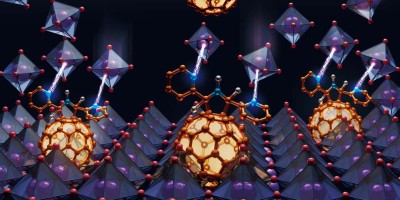Solar cells take advantage of our most abundant source of energy, the Sun. A technique that improves the conversion of photons to electrons could potentially lead to a dramatic improvement in device efficiency.

References
Timmerman, D., Izeddin, I., Stallinga, P., Yassievich, I. N. & Gregorkiewicz, T. Nature Photon. 2, 105–109 (2008).
Kenyon, A. J., Trwoga, P. F., Federighi, M. & Pitt, C. W. J. Phys.: Condens. Matter 6, L319–L324 (1994).
Fujii, M., Yoshida, M., Kanzawa, Y., Hayashi, S. & Yamamoto, K. Appl. Phys. Lett. 71, 1198–1200 (1997).
Schaller, R. D. & Klimov, V. I. Phys. Rev. Lett. 92, 186601 (2004).
Beard, M. C. et al. Nano Lett. 7, 2506–2512 (2007).
Luther, J. M. et al. Nano Lett. 7, 1779–1784 (2007).
Author information
Authors and Affiliations
Rights and permissions
About this article
Cite this article
Ellingson, R. Slicing and dicing photons. Nature Photon 2, 72–73 (2008). https://doi.org/10.1038/nphoton.2007.288
Issue Date:
DOI: https://doi.org/10.1038/nphoton.2007.288
- Springer Nature Limited
This article is cited by
-
Carrier multiplication in germanium nanocrystals
Light: Science & Applications (2015)


